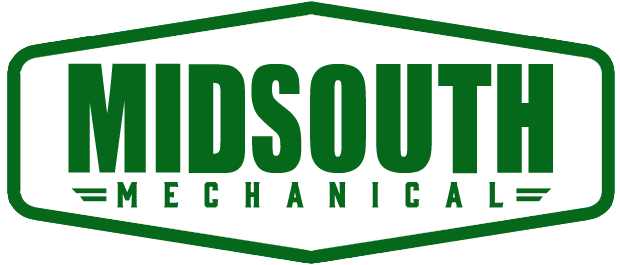So, what is lean management?
Lean management is an approach to running a business that focuses on continuous improvement. Lean looks to eliminate waste by looking at a process and cutting out steps that do not create value. Although the roots of lean management are in manufacturing, lean can be applied to all types of businesses. When using the lean management approach, you should be looking at every step of your processes. The principles of lean will help you go through each process and determine which steps create value and which steps do not.
The 5 principles of lean are:
- Identify value in the eyes of the customer: making sure you know what is valuable to the company and why.
- Identify the value stream for each product: identifying each step in the process of making a product.
- Optimize the end to end process: this is where you eliminate steps that do not create value.
- Let customer pull flow upstream: this means not making excess product and letting customers pull products so that they arrive just in time.
- Continuously improve to perfect each value stream: lean is not a static system and must be constantly changing and chasing perfection.
Where can these principles help your business reduce waste? Waste normally means material that is not wanted, but in the lean management world, waste can be one of many things:
- Defects: mistakes that require additional time money or resources
- Overproduction: when more than the required amount of a product or service is made or available causing capital or space to be tied up.
- Waiting: this can be when working has to stop or when working cannot begin because someone or something was unprepared.
- Not utilizing talent: when the wrong person is assigned to a task he or she is not specialized in so their talents are not being used to their full potential.
- Transportation: this is caused by moving things around when it is not necessary.
- Inventory: when there is an excess of supply without demand
- Motion: any excess movement by employees or machines that do not add value to a product.
- Excess Processing: when processes have more than the required steps or poorly designed processes.
These types of waste can be easily remembered because they stand for DOWNTIME and any downtime is bad for your business. Downtime increases your costs, time, and resource usage. Using the lean principles to correct and continue correcting your processes can help your business save in all of these areas.
For more articles like this follow us on LinkedIn: https://www.linkedin.com/company/midsouth-mechanical-inc/


